Photos: Archaeologists Excavate Battlefield from Napoleonic Wars
Battlefield archaeology
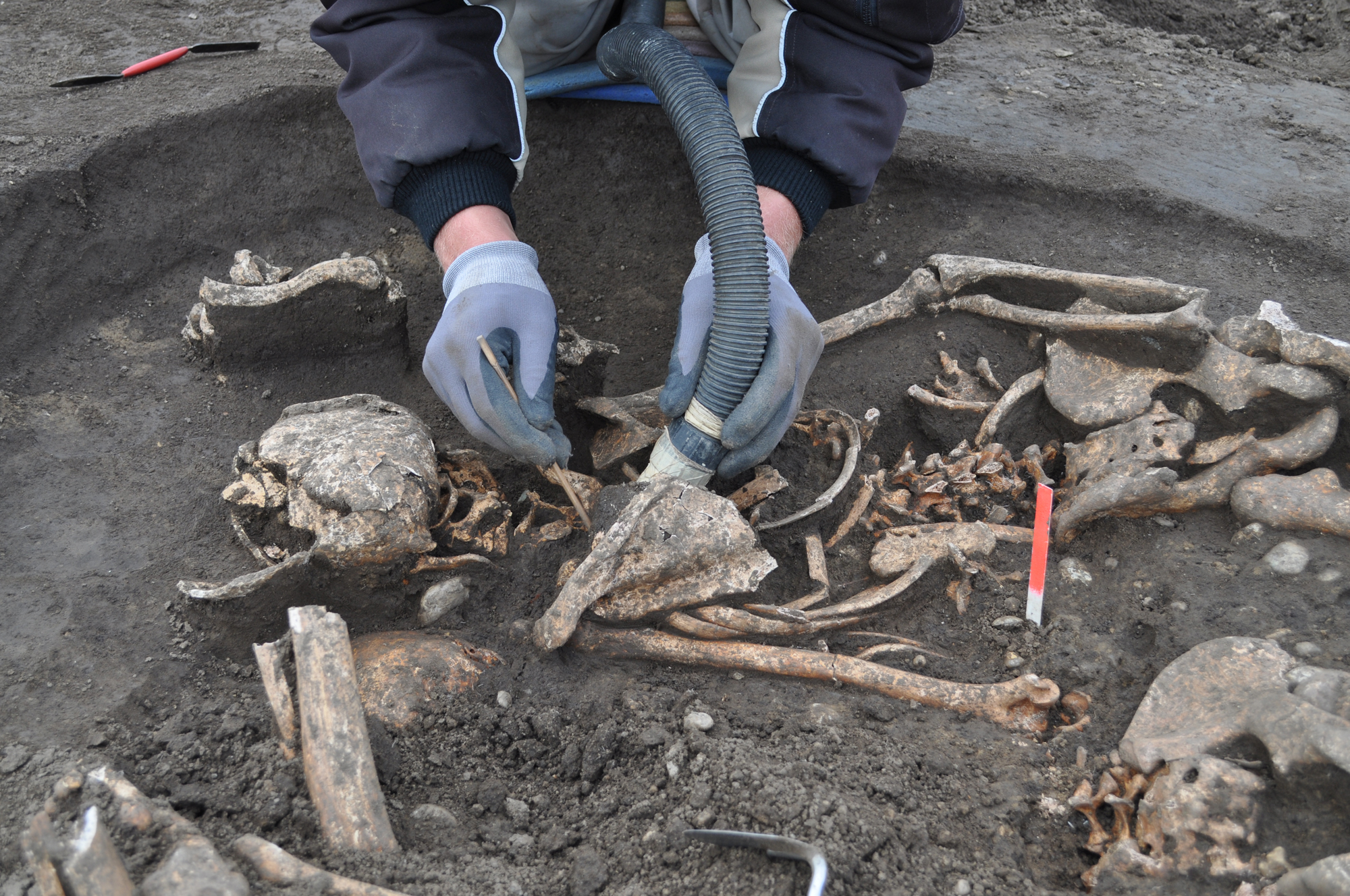
Ahead of highway construction, archaeologists in Austria are busy excavating a huge battlefield from the Napoleonic Wars. [Read more about the archaeological dig at the Napoleonic Wars site]
Mass casualties
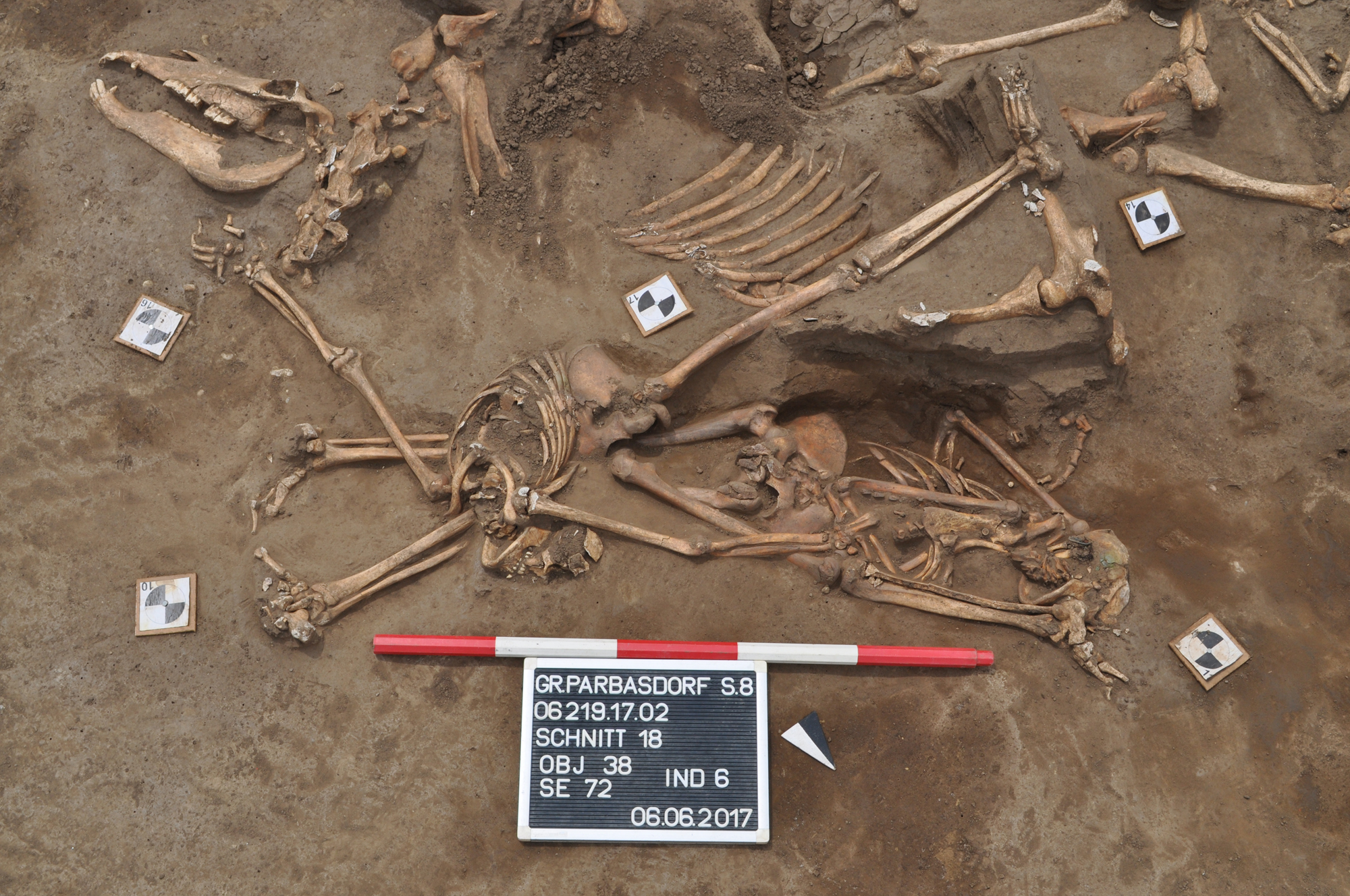
The French and Austrian armies lost tens of thousands of soldiers over the course of two days in July 1809 during the Battle of Wagram. Though Napoleon's troops suffered heavy losses, the French army ultimately won the battle.
Buried soldiers
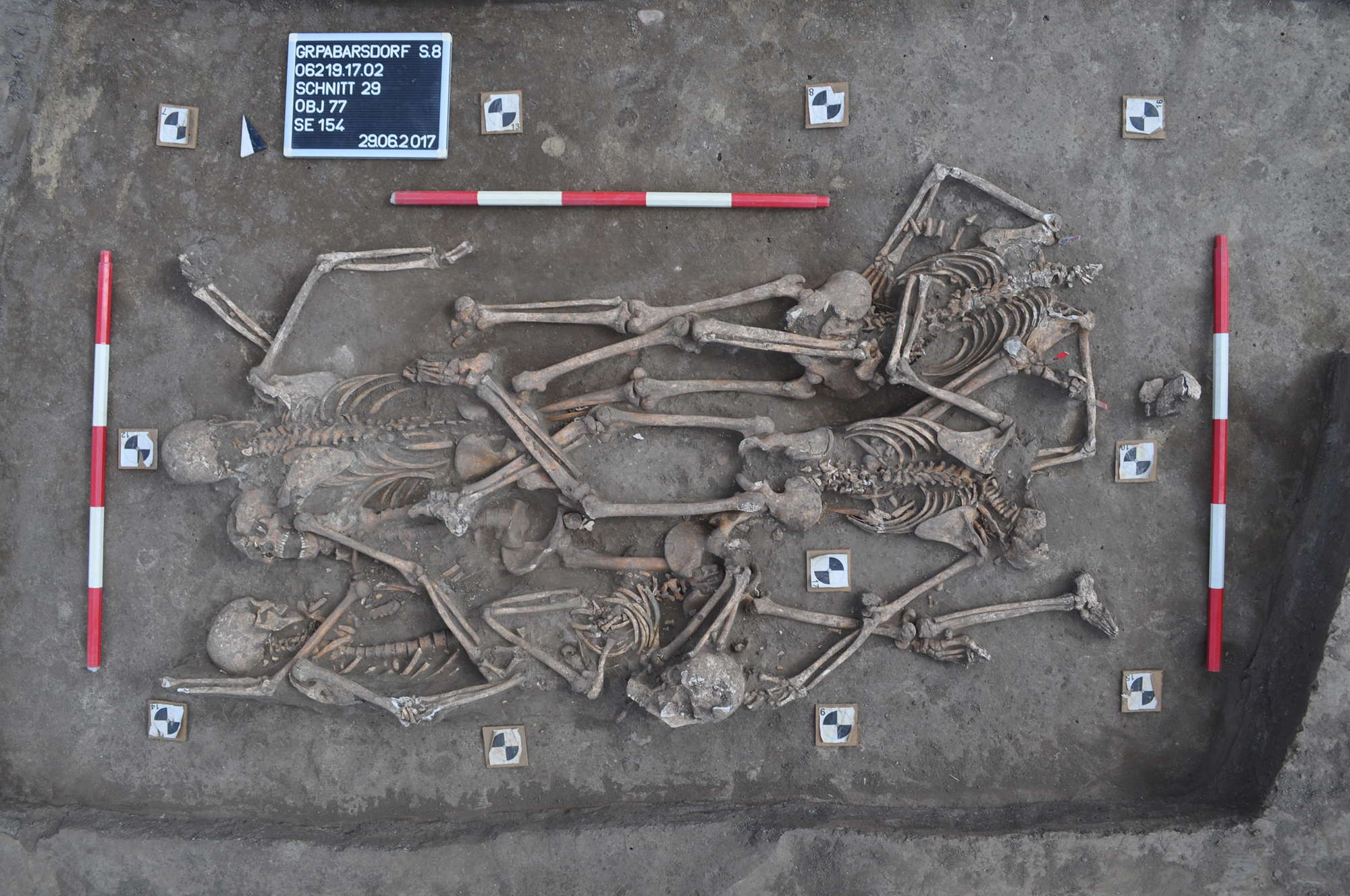
Since excavations began in 2017, several mass graves have been found at the site.
Medicine bottles
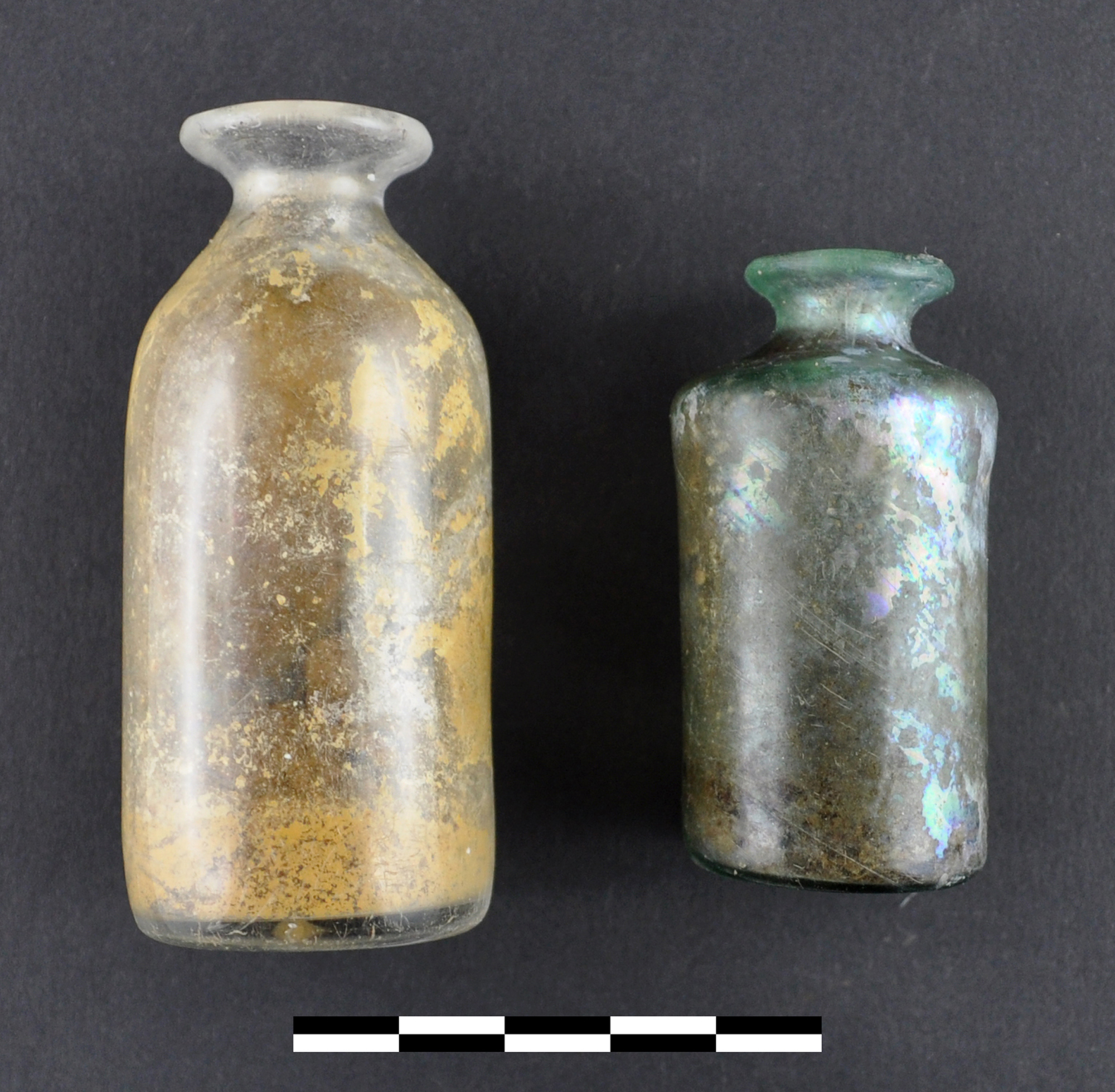
The archaeologists have found personal items alongside the soldiers, such as these glass vials, which possibly contained medicine.
Uniform fragments
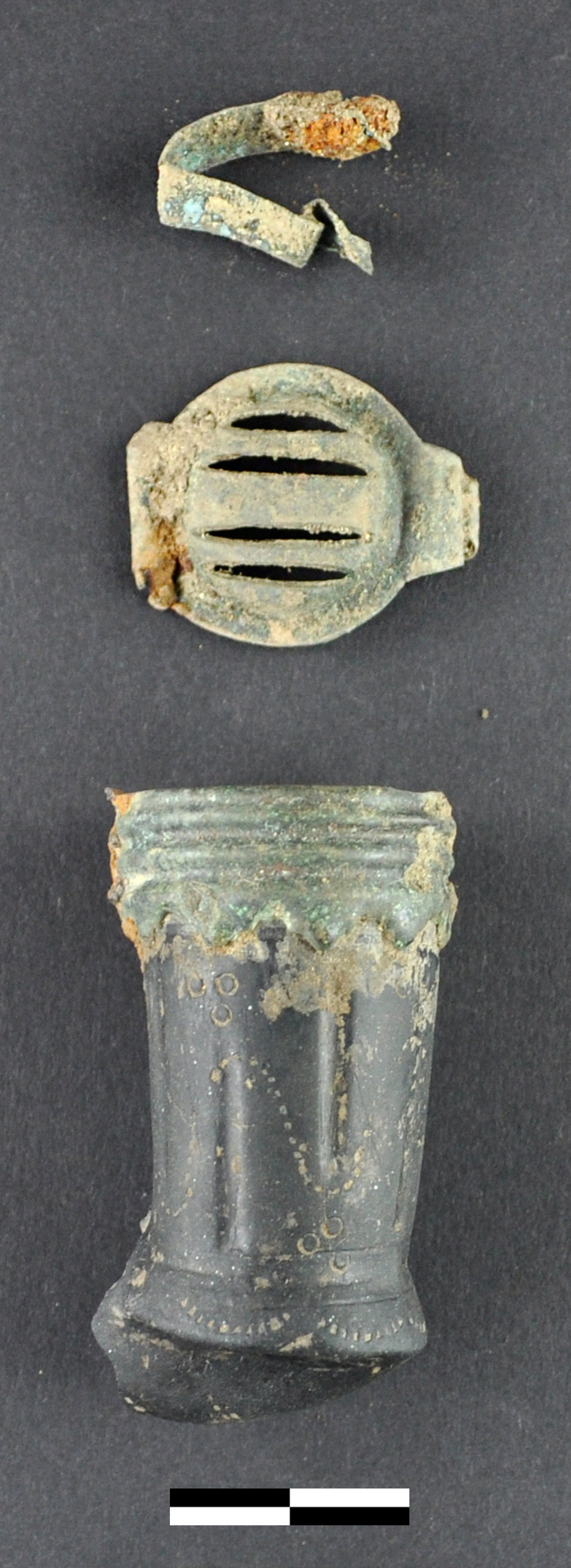
The researchers are mapping every object they uncover from the 200-year-old battlefield, which has been hidden by farm fields for decades. Metal buckles and buttons from the soldiers' clothing could help archaeologists identify the skeletons they are finding.
Soldier’s whistle
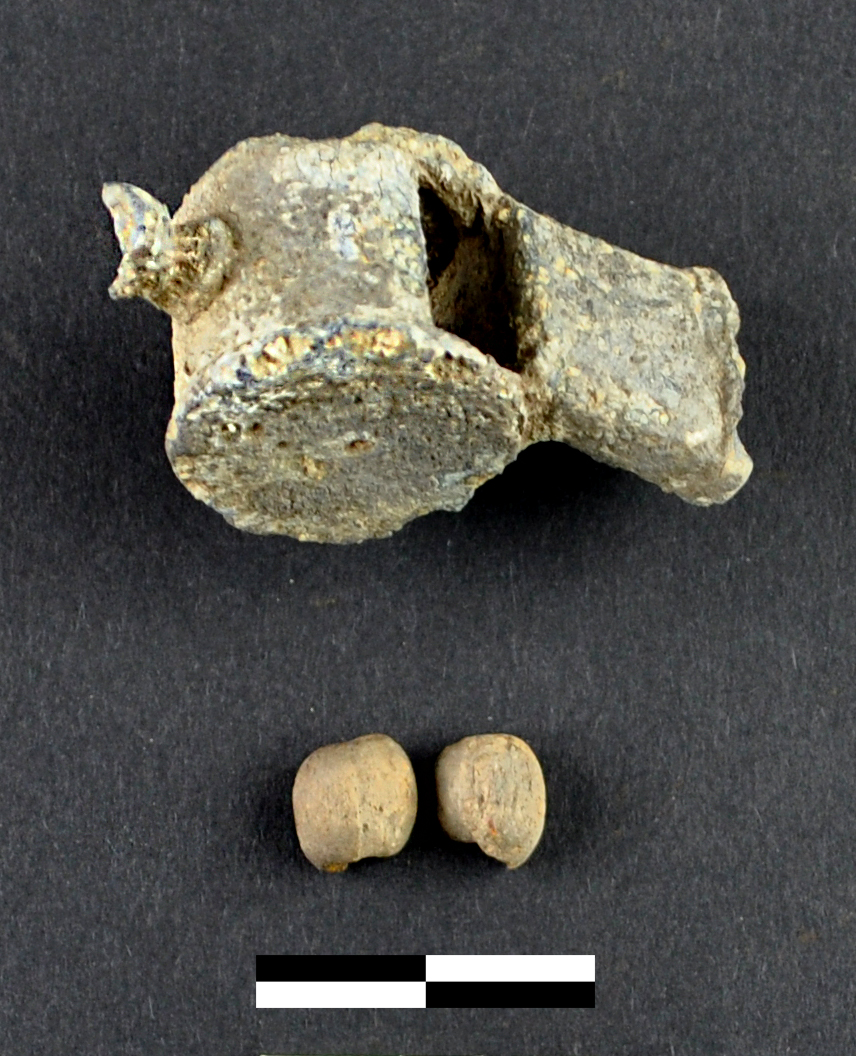
This whistle was found on the battlefield, which is located in farmland outside of Vienna.
Health clues
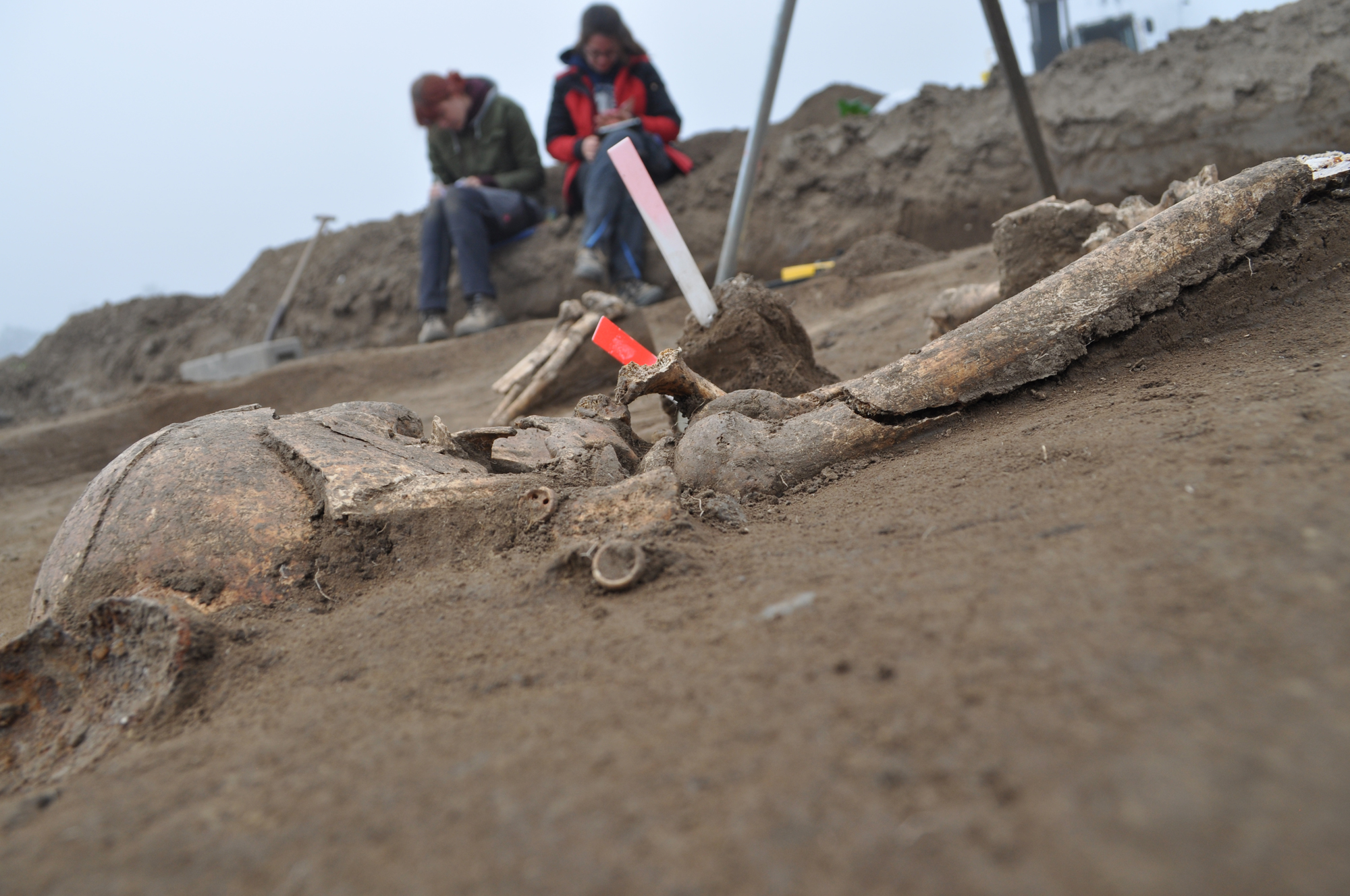
Bioarchaeologists are examining the skeletons and looking for clues about the soldiers' health. Because they lived in cramped, unhygienic conditions at 19th-century military camps, and regularly undertook long marches carrying heavy loads, the soldiers have a lot of wear and tear on their bones.
Sign up for the Live Science daily newsletter now
Get the world’s most fascinating discoveries delivered straight to your inbox.










